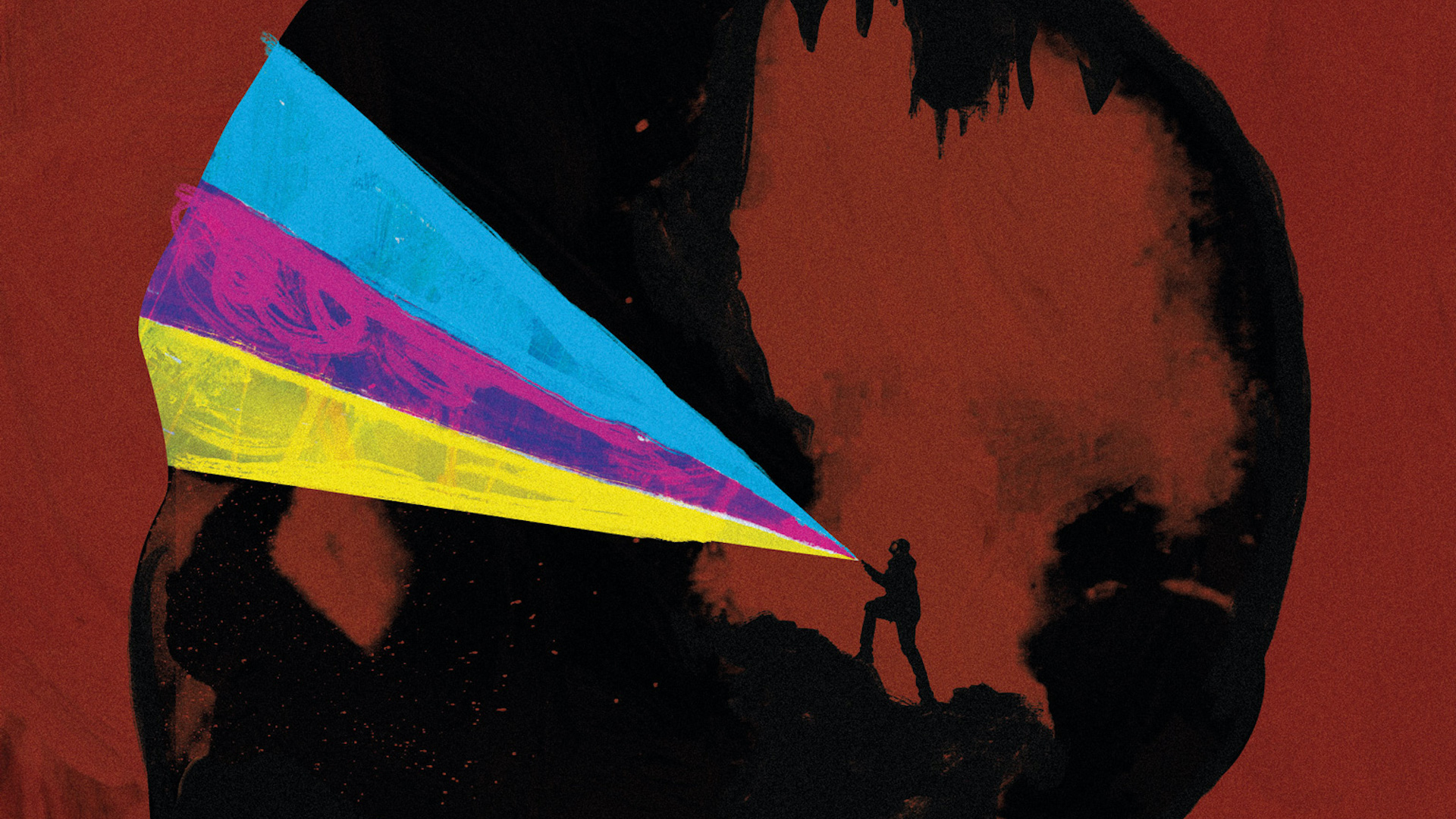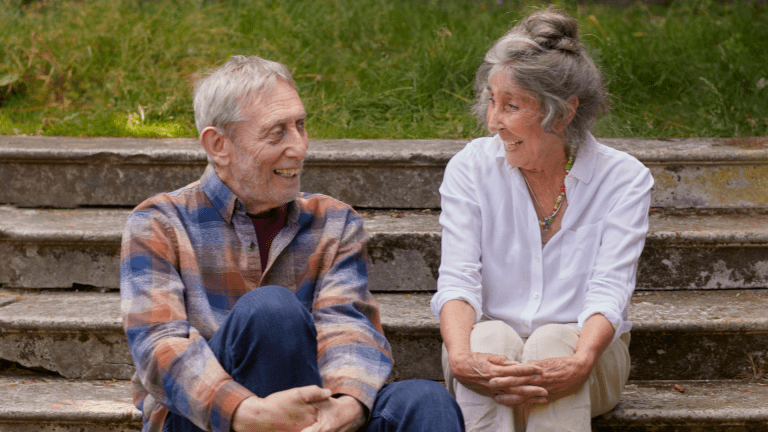Fashion was my escape route. The art of fashion is something that allows us to be transported to a new realm. It offers us an alternative of where we are now, and shows us what we could be.
For me, that’s exactly what it was. It forged a new path to walk down, in much more flattering shoes than my Clarks Originals.
People underestimate the power that fashion has. It made me feel confident, which was something I never had. I was always the one person who “needs to speak up more” in their school reports, and would silently sit at the back of the classroom thinking about Harry Styles, or why other people didn’t adhere to the strict school uniform dress code as eloquently as I did.
Putting on clothes for the first time that fit my body in a way that I wanted them to was the key in the lock. It allowed me to see who I was for the first time.
But looking at the world now, for trans folks and non-binary people, our methods of feeling confident and powerful are often torn down instantly. Their insecurities project out of their mouths as they talk to us, questioning our motives and investigating our opinions, as if we have just landed on this planet.
Advertising helps fund Big Issue’s mission to end poverty
Trans folks, and non-binary people have existed for centuries, and our being and existence here is not something new. We’ve evolved through language to thrive as a community. In the UK, the transphobia and anti-trans rhetoric, often from rich white women ‘feminists’, has its own unique flavour.
Prejudice, in all its forms, hurts. And the minor solace I have found within analysing its roots for In Their Shoes, was beginning to realise that it’s not our fault. Shame is so intrinsically linked to how we think of ourselves, and when you’re part of a marginalised group that is so often vilified and picked on publicly, it’s easy to internalise that as shame. That if we didn’t look the way we looked, or spoke the things we speak, that our lives would be easier.
The realisation that we are actually not the problem, and our ability to speak and look the way we do, is in fact an asset to our lives. It should never be a burden to be yourself. Freeing yourselves from the constraints of gender allows people of all genders freedom.
It’s supplied us with community, togetherness and a collective strength that I often think is lost from cis-gendered, heterosexual people’s lives. Their version of it I guess is football, or garden centres. I’m grateful for it, despite the violence, and despite the hardship, my community and identity are something that I would never change.
I want the book to inspire people to take risks, to think about how they navigate the world themselves. But more importantly, I want people to slide into someone else’s shoes while they’re reading it. Not mine, they’re Versace and were very expensive thank you very much.
Advertising helps fund Big Issue’s mission to end poverty
I want people to put themselves in someone else’s perspective, not just in a way so that you can experience their hardship, but also so you can see how much joy they have.
Empathy isn’t always about experiencing other people’s downs, but being there and experiencing their ups as well.
I’m just a wally, who loves makeup, wearing high-neck jumpers and drinking far too much tea, and I’m just like you. I might be a better-looking version but we are far more similar than you think.
In Their Shoes: Navigating a non-binary life by Jamie Windust is out on now (Jessica Kingsley Publishers, £12.99)
Illustration: Joseph Joyce









